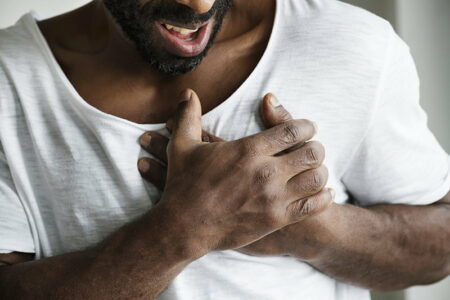Australia is home to deadly snakes, treacherous countryside, endless highways, deceptively dangerous surf and increasing bushfires. With these dangers being so common, you would be forgiven for thinking that Australians must lead the way in first aid training.
According to the Red Cross, you couldn’t be more wrong. In fact, Australia has perhaps the lowest rate of first aid training in the world, with less than 1 in 20 having the skills and training necessary to handle a situation requiring first aid.
Every year, over half a million people are admitted to hospital nation-wide after being injured – including burns, cuts, breaks and worse. Of these, 12,000 die as a result of their injuries.
How Much of a Difference Can First Aid Really Make?
First aid applied quickly and correctly can mean avoiding infection, improving healing times, and in some more severe cases can be the difference between life and death.
Take snake bites. Australia has over a hundred species of venomous snakes, 12 of which have bites which could cause death. When bitten by a snake, the application of a pressure immobilisation bandage such as Aero’s Snake Bite Bandage can slow the spread of venom, buying valuable time until emergency services arrive and administer further treatment.
Where Do You Start?
Starting with the basics is easy – How to treat cuts, bruises, burns, sprains and snake bites is something that everyone should know. It is also important to keep basic first aid supplies on hand, as most injuries occur in the home and workplace.
It is not just external injuries that are proving fatal to Australians. It is also crucial to be skilled in more advanced first aid to be able to treat things like Sudden Cardiac Arrest. SCA is a major killer in Australia, and statistics show that the chance of survival drops by 10 percent for every minute somebody goes without receiving first aid. Learning how to use an Automatic Electronic Defibrillator and how to apply CPR can save a life.
You don’t need training to use an Automatic Electronic Defibrillator, they were designed to be used by the average person in emergency situations. However we recommend familiarising yourself with what the machines look like and what using them involves so you are prepared if the moment ever arises.
Applying CPR is a little more complicated. The purpose of CPR is to keep oxygen flowing through the injured persons body until they can be taken to hospital. Some of the most common situations that CPR will make a difference in is drownings, heart attacks and drug overdoses.
Sadly a lot of people don’t understand the value of learning CPR until it’s too late. CPR saves lives and you simply cannot put a price tag on the safety of your family. CPR Courses are not actually that expensive. They cost around $30 to $50. They also won’t take up much of your time, typically they only take a few hours.
Look up CPR courses in your local area. Often you can do the theoretical part of the course online but you will be required to do a face to face assessment in order to become qualified.
At Aero Healthcare, we are passionate about helping everyday Aussies become Aeros. Learning first aid is a great way to prepare yourself to help out in the case of an emergency and protect your loved ones.


